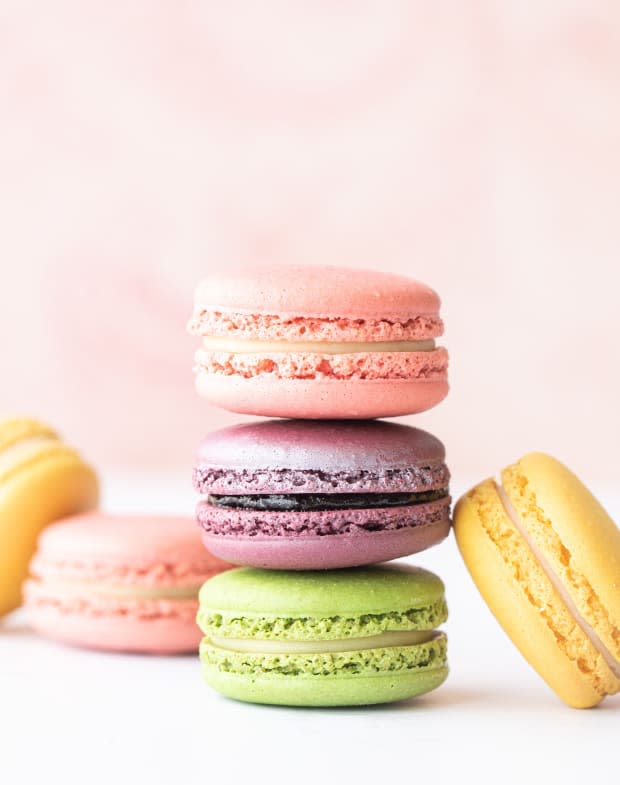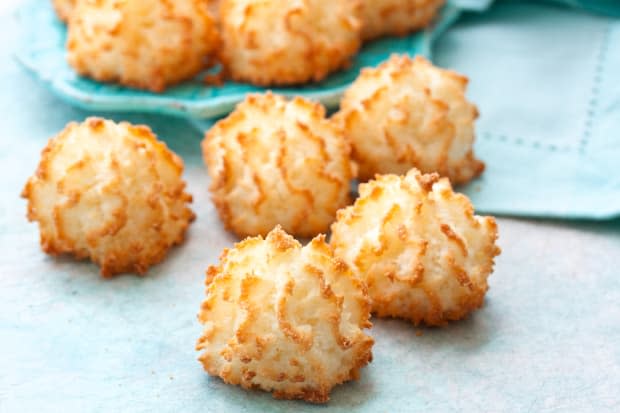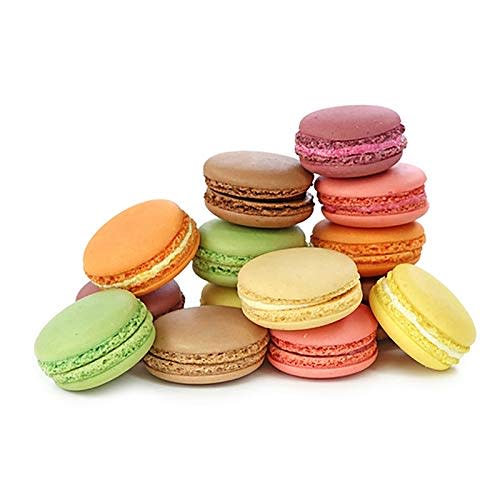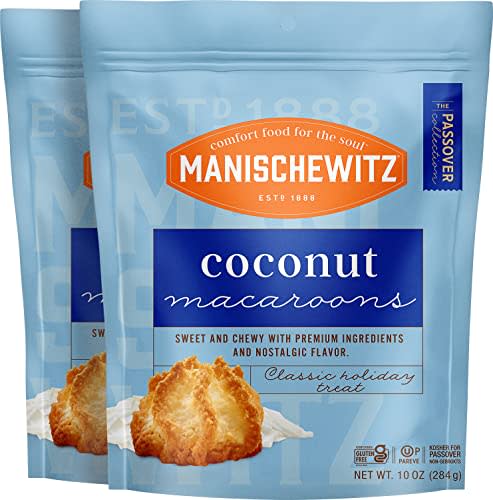Macaroon vs. Macaron: Let's Discuss the Difference Between These Two Delicious Desserts
They're both cookies, but they're definitely not interchangeable.
Macaroons and macarons are both tasty treats—but not at all the same. However, with the spelling and sound of each, it's no wonder they are quite often confused for the other. One little extra "o" is hardly enough to differentiate between the two names. When pronounced correctly, macaroon is ("mack-ah-ROON") and macaron is ("mack-ah-ROHN"). It's just a slight difference that people tend to think means the same thing. So what is the difference between macaroon vs macaron?
It's not a matter of "you say tomato, I say tomahto" like the song written by George and Ira Gershwin. There is more of a difference than just the pronunciation with macarons and macaroons. Even though both are sweet treats, you would be in for a surprise if you mispronounced one and got the other. They do have some common ingredients but have distinct tastes and physical differences.
Some confusion could probably be eliminated by referring to each cookie with a common descriptive word. Most people can identify "coconut macaroons" as being different from "French macarons." However, we'll go over more of the specifics of each cookie along with their histories and origin. Here is everything you need to know about macarons vs macaroons.
Here at Parade.com, we're all about sharing products we love with our audience. When you make a purchase on an item seen on this page, we may earn a commission, however, all picks are independently chosen unless otherwise mentioned.
Related: Baking Soda vs. Baking Powder—What's the Difference Between Them, Anyway?
Macaroons Vs. Macarons
As far as ingredients go, the two cookies have similar makeups. Both contain egg whites, sugar, salt and vanilla and both are gluten-free. Macarons include ground almonds or almond flour and macaroons include shredded coconut.
However, macarons are sandwich-type cookies with a cream filling and macaroons are "drop cookies" with lots of coconut flakes.
What Is a Macaron?

To get to the specifics, a macaron is a very delicate bite-sized cookie. It consists of two meringue-based cookies that are sandwiched together with a creamy filling.
What makes them especially nice for serving at showers, teas and luncheons is the fact that the dainty cookies are made in a variety of pastel colors and look almost too pretty to eat. Not only are they tinted with food coloring or natural food dyes but they come in a wide range of flavors as well. From strawberry or raspberry to salted caramel or pistachio, there is a flavor for everyone.
French Macarons Gift Box - 24 Assorted Macarons
History of Macarons
Macarons are elegant pastries first made famous in France. However, the origin of macarons is thought to be from Italy as far back as the 8th century. From there, it is believed that macarons were brought to France by Queen Catherine de Medici of Italy when she married King Henry II of France in 1533.
However, according to Macarooz, macarons were really made popular during the French revolution in 1792. At that time, two Carmelite nuns baked and sold macarons to pay for their housing. Because the cookie was such a hit, the nuns became known as the "Macaron Sisters." These original macarons were made without any special flavorings or fillings.
It wasn't until the 1930s that macarons took on the look that we see them today and were known as the "Gerbet" or "Paris macaron." Two French bakers, Pierre Desfontaines and Claude Gerbet, both claim to have invented the macaron.
Related: 21 Afternoon Tea Experiences That Would Make Marie Antoinette Jealous
What Is a Macaroon?

iStock
Although a macaroon has similar ingredients to a macaron, the biggest difference is the swapping out of almond flour for ground coconut. Also, the macaroon is a single-drop cookie vs. a sandwich cookie. It looks like a little mound of coconut and is not as dainty as a macaron. So, even though it's possible to buy or make a coconut-flavored macaron, it's not the same as a true coconut macaroon.
Some macaroons are dipped in chocolate after they are baked which makes them similar to a Mounds candy bar in taste.
MANISCHEWITZ Coconut Macaroons, 10 OZ
History of Macaroons
Macaroons, in America, came into existence late in the 1800s all because coconut was the new trendy food. Since everyone was looking for ways to use coconut in desserts, it made sense that the almond flour used in macarons could simply be substituted with coconut instead. Macaroons are actually an adaptation of macarons.
According to Slate, by the 1890s, coconut macaroons appeared in many American cookbooks. Both macarons and macaroons quickly became popular in the 1930s as a Passover food for Jews since neither of them contain flour.
Related: Celebrate in Style With These 55 Bridal Shower Ideas That Take the Cake
Why There Is a Difference in Spelling
In the United States, the word macaron refers only to the French sandwich cookie and a macaroon describes the coconut cookie. It's a way to keep the two versions straight since they do look and taste so much different from each other—after all, they're two different treats entirely.
How To Make Macarons
To make French macarons, you first need to whisk egg whites to make a stiff-peaked meringue. Then, you fold in the flavorings, almond flour and powdered sugar. The batter is then piped into flat, round circles to form the cookie halves. After baking, buttercream, ganache or jam fillings are spread between two cookies.
How To Make Macaroons
Macaroons are easier to make and since they don't have to look uniform, the process takes less time. First, whisk egg whites to create stiff peaks. Then, add shredded coconut, sugar and any other flavorings, and shape them into small balls or mounds for baking.
Next Up: Heavy Cream vs. Heavy Whipping Cream: Is There Actually a Difference?


